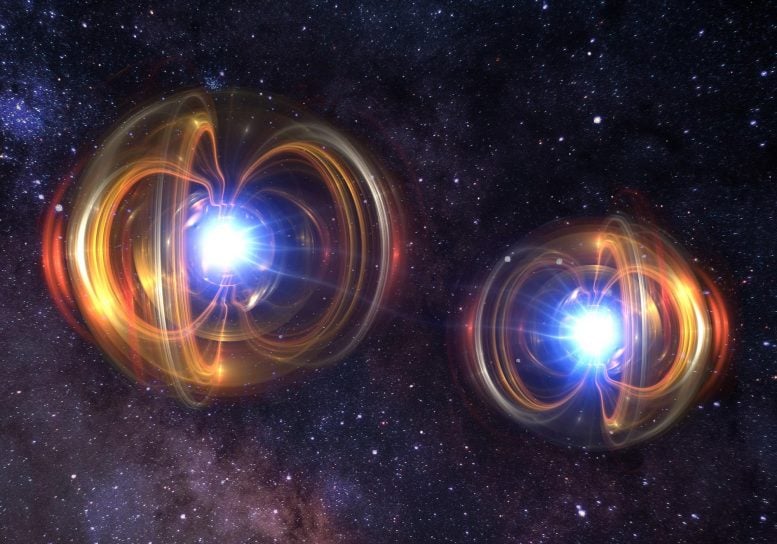
Planets, stars, moons – even people – cannot exist without atomic nuclei. Understanding the nucleus of the atom helps us better understand the world and the worlds around us.
Early research on atomic nuclei yielded a wave of discoveries.
A nuclear physics professor from Florida International University was among a team of researchers that proposed something so out of this world, colleagues first hesitated to accept it was possible.
In 1993, they boldly predicted how the densest materials in the universe – known to exist only in rare neutron stars – could be made here on Earth. Ultimately, their research was published in the journal Physical Review C, a leading academic journal focused on nuclear physics.
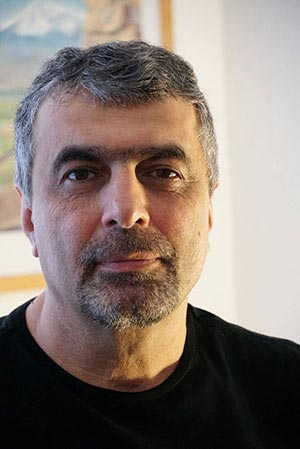
Nuclear physics Professor Misak Sargsian. Credit: FIU
It spawned a wave of follow up research that in 2006 confirmed their prediction was true. For the tiniest sliver of a second, researchers at the Thomas Jefferson National Accelerator Facility in Virginia were able to briefly create the material that exists inside a neutron star.
“You are wrong many more times than you are right,” said Misak Sargsian, who joined FIU in 1998. “This was a rare case where the prediction was confirmed. That’s actually quite cool when you succeed.”
For its 50th anniversary, Physical Review C highlighted research the journal’s editors consider milestones in nuclear physics. At the top of the list was the paper by Sargsian and his colleagues Donal Day, Leonid Frankfurt, and Mark Strikman.
At the root of this work lies the desire to understand the universe itself.
So much of the work of nuclear physicists focuses on atomic nuclei because they create mass and structure. Planets, stars, moons – even people – cannot exist without atomic nuclei. Understanding the nucleus of the atom helps us better understand the world and the worlds around us.
FIU physicists Werner Boeglin, Wim Cosyn, Lei Guo, Pete Markowitz, Rajamani Narayanan, Brian Raui, and Joerg Reinhold are among an international research team in the forefront of nuclear physics research at the Jefferson Lab.
Guo was among an international research team that published a 2018 study on the mechanics of atomic nuclei. Their findings made it likely for scientists to rethink the threshold at which a certain star morphs into a black hole.
For Sargsian’s part, his work is evolving. Like an archaeologist slowly sweeping aside layer upon layer of dirt and rock to uncover ancient mysteries, he is now trying to unravel the inner workings of that which came before the atomic nuclei – the quarks and gluons. If Sargsian and his students can figure it out, we just might know more about the big bang itself.
“There’s more that we don’t know, than we know,” Sargsian said.
Reference: “Evidence for short-range correlations from high Q2 (e,e’) reactions” by L. L. Frankfurt, M. I. Strikman, D. B. Day and M. Sargsyan, 1 November 1993, Physical Review C.
DOI: 10.1103/PhysRevC.48.2451


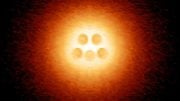

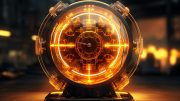
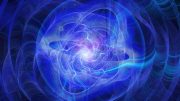
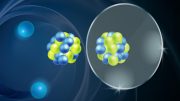
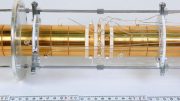
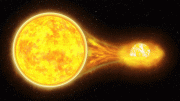
From the 1993 abstract: “The results are found to be in reasonable agreement with our x-scaling relations for the region of 2>x≥1.4 where the contribution of two-nucleon short-range correlations are expected to dominate.”
From the first anniversary collection description: “Chiral effective field theory (EFT) introduced a systematic, order-by-order prescription for constructing nuclear interactions, including three-body and higher-order forces. Building upon high-quality nucleon-nucleon data, and coupled with advances in many-body methods and computation, chiral EFT sparked a renaissance in low-energy nuclear theory over the past quarter of a century.”
Effective field theories for the win!
… yeah, the threads in the knitting of the space time are confusing, too!
Let, alone the particles and waves and all of it. I guess one would need to know the workings of the God, however the humankind is just getting closer to it. By the way, are there multiple God’s, and what would be the God of all of the Gods…
… and guess it is better to be 100 times wrong and one time right,…